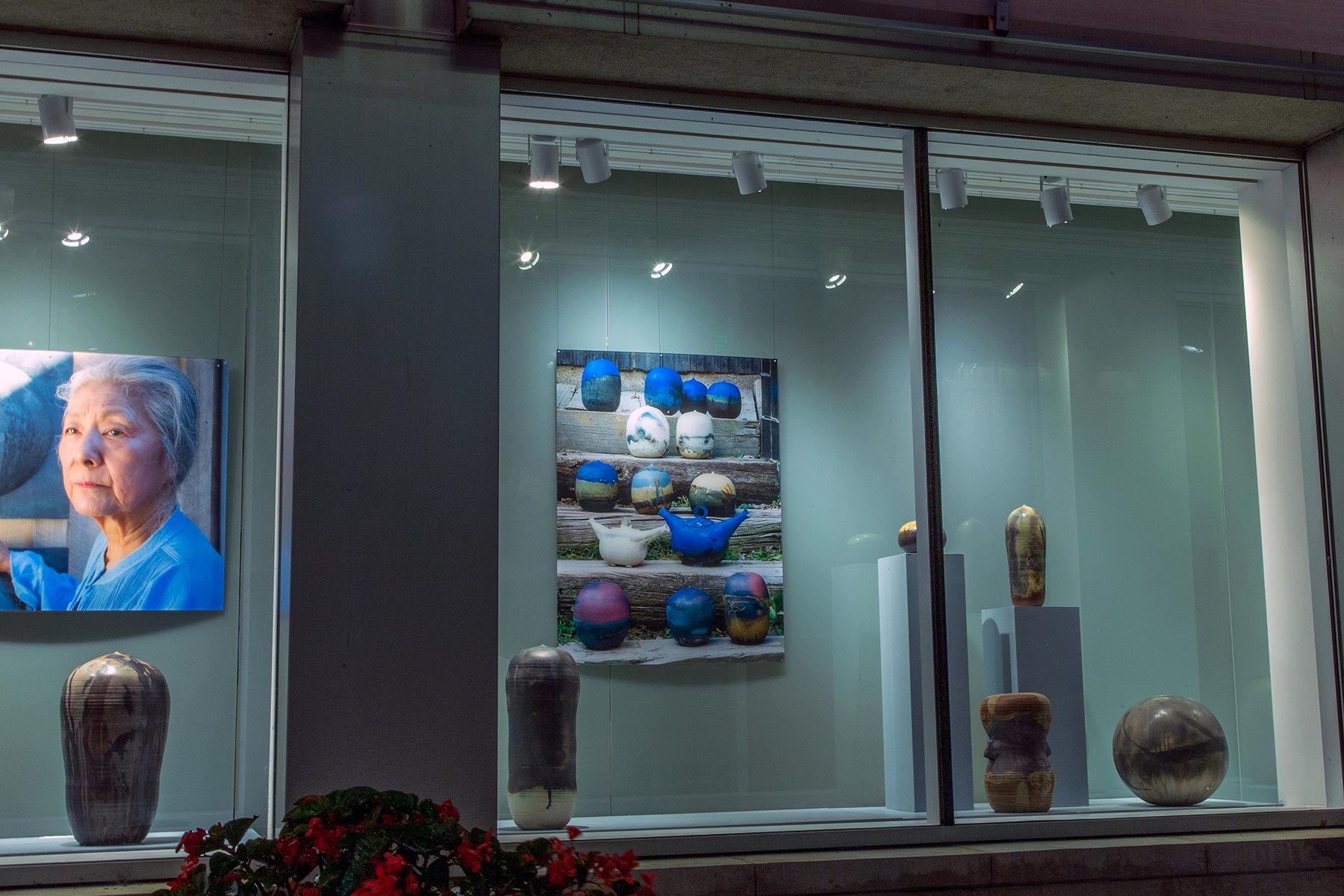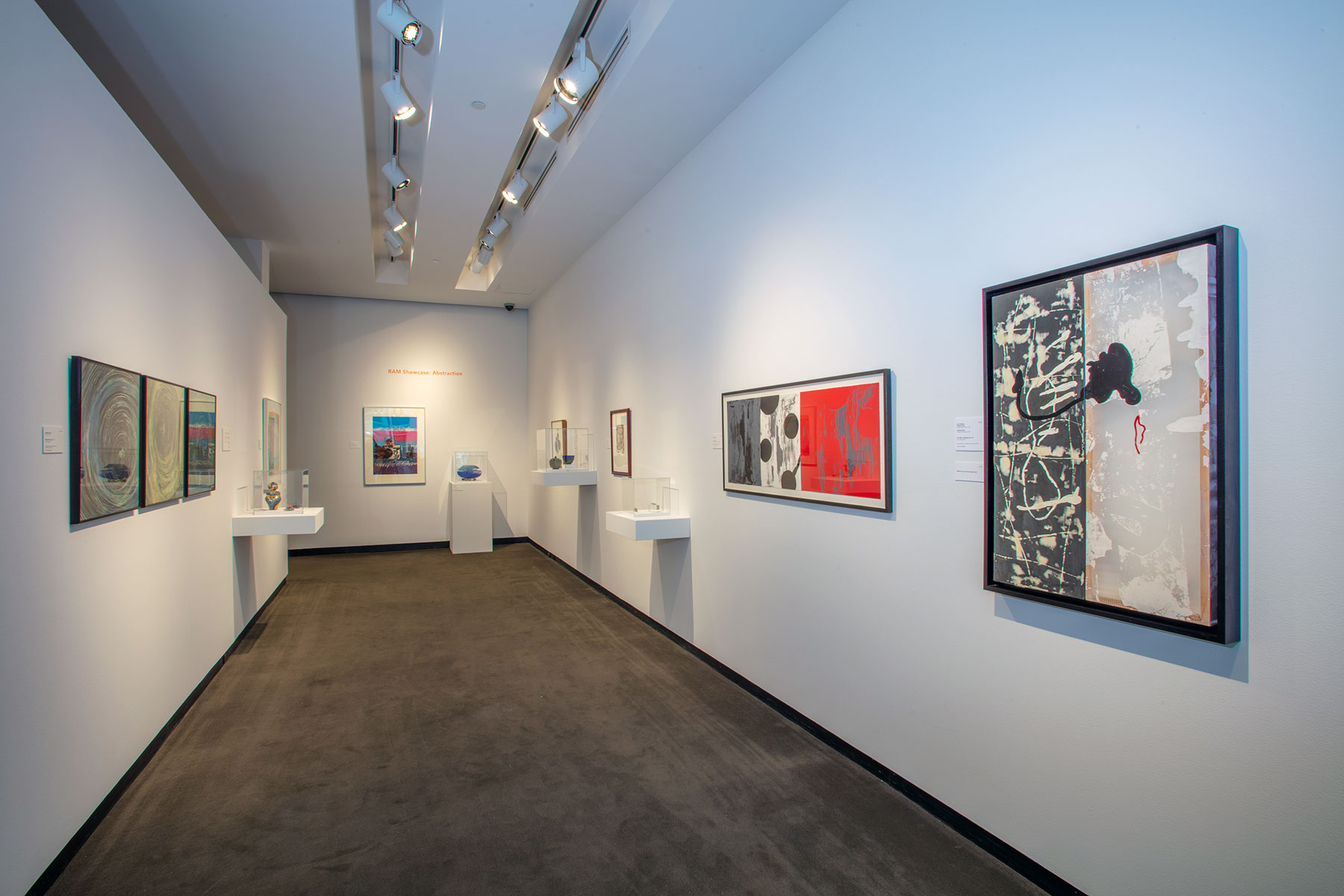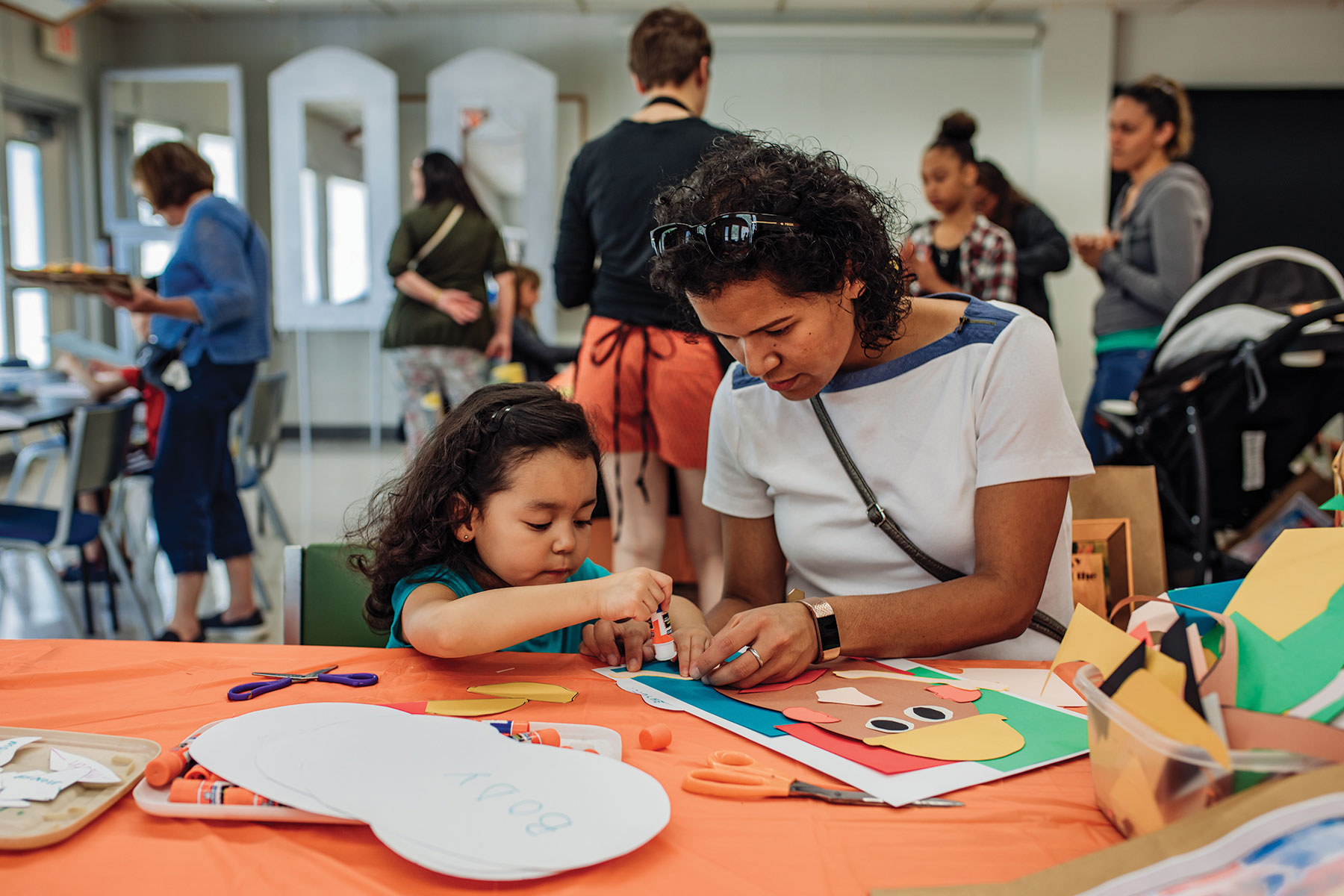Racine Art Museum Association, Inc. Diversity, Equity, Inclusion, and Accessibility (DEIA) Statement

Installation view of It’s Like Poetry: Building a Toshiko Takaezu Archive at RAM
Photography: Jon Bolton
Racine Art Museum Association, Inc. (RAMA) is committed to supporting diverse artists, voices, and audiences—whether that diversity reflects race, gender, heritage, ethnicity, sexuality, age, ability, social standing, or world perspective.
As a cultural/educational institution rooted in the humanities and using art as a catalyst, RAMA wants to encourage inquiry, exploration, and empathy about the world in which we live. RAM and RAMA’s Wustum Museum strive to provide spaces and experiences that show art is powerful—it can offer new viewpoints, moments of wonder, flights of the imagination, difficult or fantastical things to ponder, an occasion to relax or reflect, and also, significantly, a means to understand or connect and interact. Additionally, because every culture has historically excelled in making functional, decorative, or religious objects by hand, craft in particular can form links between people of diverse backgrounds.
This equity statement reflects initial attempts and actions to evaluate and address institutional perspectives or paths toward a more diverse, equitable, inclusive, and accessible organization. Objectives toward these current and future goals align with—and will continue to be evaluated within the context of—RAMA’s Strategic Plan. This will apply to all areas of the organization including program content, permanent collection acquisitions, partner relationships, and Board, staff, and volunteer recruitment and retention. With this in mind, and with a desire to be responsive and willing to adjust plans as needed, RAMA is moving forward with continued empathy and kindness.

Installation view of RAM Showcase: Abstraction
Photography: Jon Bolton
In direct terms, this means that new partnerships are being built to encourage a network of support and engagement—for artists and for audiences.
In the galleries, this means spotlights are placed on voices that have been historically underrepresented in art—and by extension, society as a whole—beginning with women, artists of color, and those identifying as indigenous. RAMA identifies artists of color in this context as non-white and non-European. This simplification—arguably, a flawed starting point—does not account for the nuances and variations of society. It is a beginning—a way to direct those who want to educate themselves about what is possible when new perspectives are encountered.

Kids Day 2019
Photography: Azure Mahara Photography
In RAMA’s education programs for children and families, the participation of people of color has increased from 8% in 2008 to 50.2% as a result of actions that were elements of RAMA’s Strategic Plan. RAMA has had and continues to have Board members, volunteers, guests, and staff who represent our diverse communities. The percentage of their representation and participation has not reached the level we have seen in our children’s education programs and we continue to work on growing these amounts as goals in the museum’s Strategic Plan.
To make positive societal change and advancement possible, RAMA believes exposure to a broad range of visual art and cultural education programs expands self-expression, creative problem-solving, more open communication, spiritual nourishment, and increased empathy. RAMA, as an institution that values social justice, seeks to use creativity to inspire people at all stages in their lives. The intent is to help people from all backgrounds become lifelong learners who can develop creative solutions to the cultural and social challenges affecting them and the communities in which they live and work. The museum’s two campuses are dedicated to achieve these goals in its culture and the programming it offers the communities it serves.



